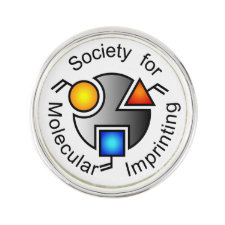
Authors: Zhao CS, Yu BY, Qian BS, Wei Q, Yang KG, Zhang AM
Article Title: BPA transfer rate increase using molecular imprinted polyethersulfone hollow fiber membrane.
Publication date: 2008
Journal: Journal of Membrane Science
Volume: 310
Issue: (1-2)
Page numbers: 38-43.
DOI: 10.1016/j.memsci.2007.10.042
Alternative URL: http://www.sciencedirect.com/science/article/B6TGK-4R29FJX-1/2/916083d3fe5dfed5e5a575ee3ccd9708
Abstract: Bisphenol A (BPA) imprinted polyethersulfone (PES) hollow fiber membrane was spun using a dry-wet spinning method, the membrane was then prepared as a filter with an effective area of 200 cm2. The hollow fiber filter was employed to study the BPA transport behavior. The transport ability of the prepared hollow fiber membrane was measured using 100 μmol/l BPA aqueous solutions at a flow flux of 50 and 75 ml/min, respectively. The BPA transfer rate increased for the imprinted hollow fiber membranes due to the larger amount of binding sites, comparing with the non-imprinted one. In the present study, hollow fiber membrane and the molecular imprinting technique were combined for advanced separation and the data suggested that small molecules could transfer in the direction opposite to the concentration gradient due to different pH
Author keywords: molecular imprinted polymer, Hollow fiber membrane, transport, bisphenol A, Polyethersulfone



Join the Society for Molecular Imprinting

New items RSS feed
Sign-up for e-mail updates:
Choose between receiving an occasional newsletter or more frequent e-mail alerts.
Click here to go to the sign-up page.
Is your name elemental or peptidic? Enter your name and find out by clicking either of the buttons below!
Other products you may like:
 MIPdatabase
MIPdatabase









